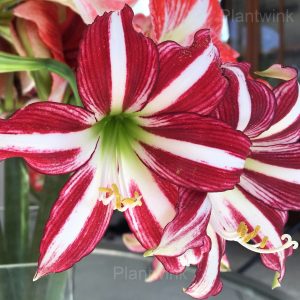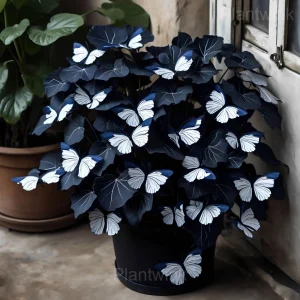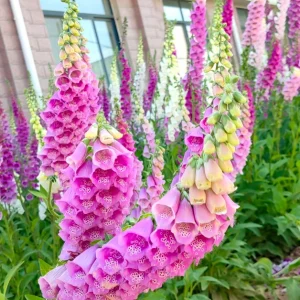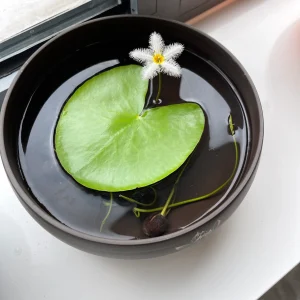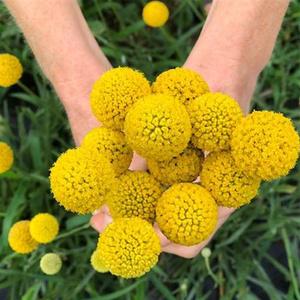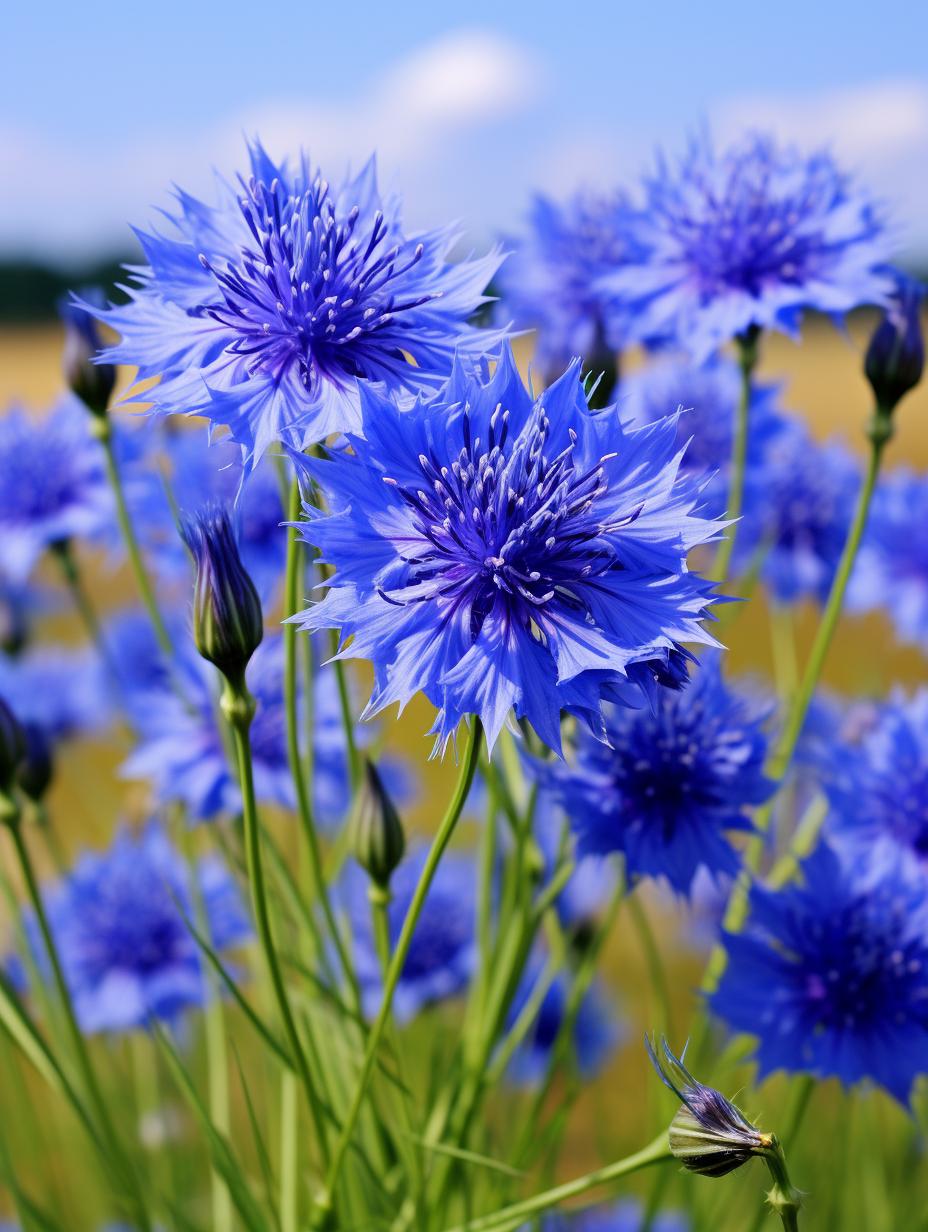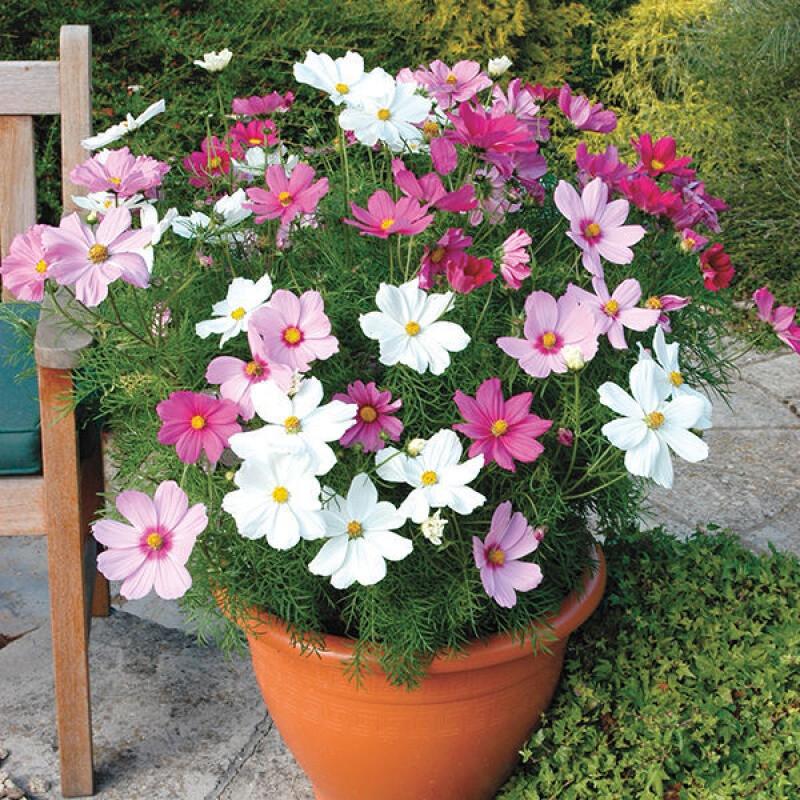Once upon a time, there was a Monstera plant named Milton. Milton was no ordinary plant, as he had adventurous tendencies. One fateful day, he decided to explore the world beyond his cozy pot. With determination, he grew larger and larger, sprouting vibrant leaves that mesmerized everyone who saw them. As Milton traveled, he encountered various creatures who admired his beauty and sought shelter in his lush foliage. His journey became legendary, inspiring other plants to embrace their uniqueness and thrive. Eventually, Milton returned home, bringing with him tales of friendship and resilience. From then on, the Monstera plant became a symbol of curiosity, reminding us that even the smallest beings can have grand adventures.
Picture
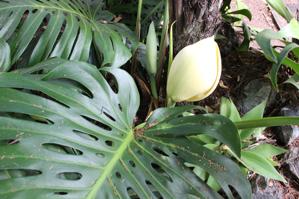
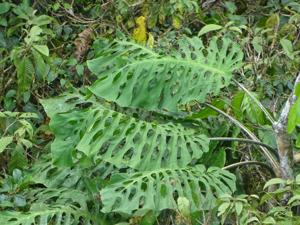
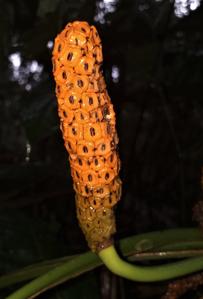
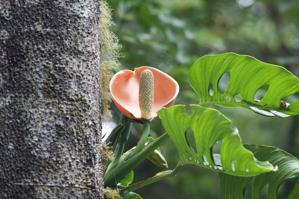
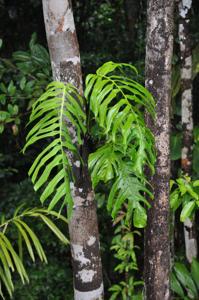
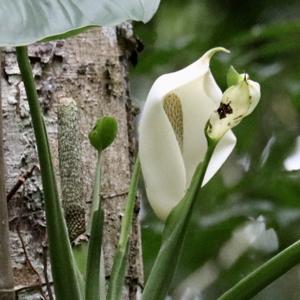
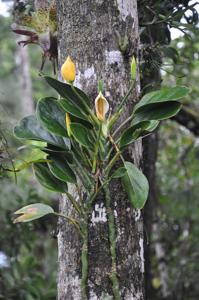
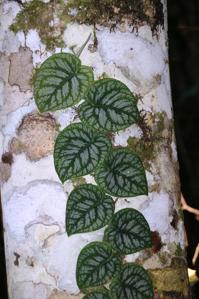

Plant some seeds now!
Multi-Colored Bachelor’s Button
Short Description
Monstera is a genus of 59 species of flowering plants in the arum family, Araceae, native to tropical regions of the Americas.
Description
Growth pattern
They are herbs or evergreen vines, growing to heights of 20 metres (66 ft) in trees, climbing by means of aerial roots which act as hooks over branches; these roots will also grow into the soil to help support the plant. Since the plant roots both into the soil and over trees, it is considered a hemiepiphyte.
Leaves
The leaves are alternate, leathery, dark green, very large, from 25–90 centimetres (9.8–35.4 in) long (up to 300 centimetres (120 in) long in M. gigas) and 15–75 centimetres (5.9–29.5 in) broad, often with holes in the leaf blade. The fenestrated leaves allow for the leaves to spread over greater area to increase sunlight exposure, and to allow light to reach other leaves below, by using less energy to produce and maintain the leaves.

